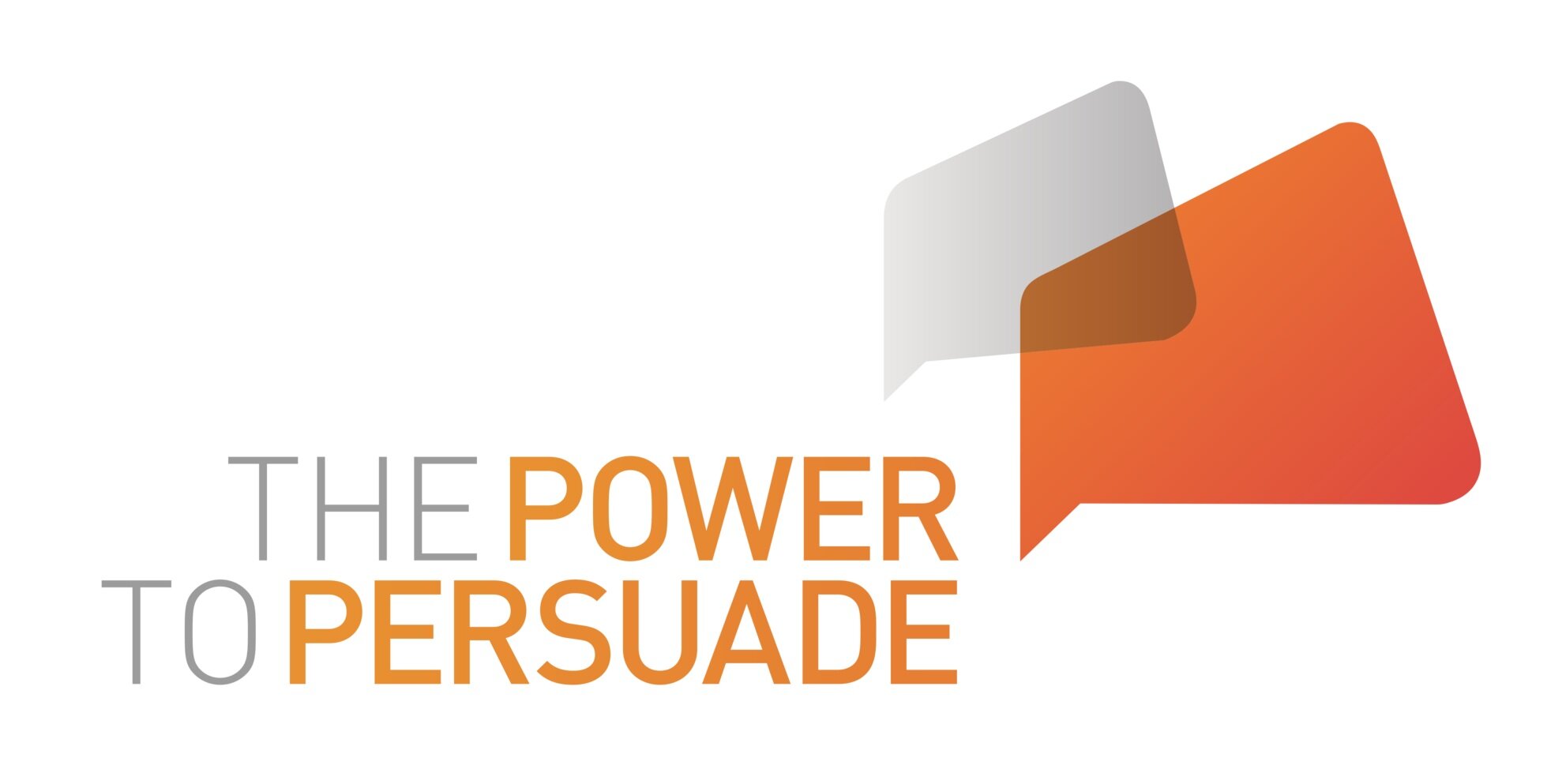Why empowering artists can help build better communities and policies
In a time when communities are grappling with economic uncertainty and social fragmentation, the arts offer more than just aesthetic value - they provide powerful tools for change. This week, PhD Candidate Sivaan Walker explores how recognising artistic practice as a vital force for accountability and transformation can open up new ways of seeing, understanding, and shaping the world around us.
Image sourced from Unsplash
Creatives Rebuild New York
In 2020, COVID-19 lockdowns across the globe affected artists who rely on face-to-face community participation for financial support. In response to these lockdowns, Creatives Rebuild New York (CRNY) established multi-year guaranteed income for practicing artists. Their impressive $125 million USD funding supported artists to continue practicing, and helped develop a policy playbook titled New York Isn’t New York Without Artists. This playbook maps out a long-term program for lawmakers to enact policies for empowering artists. This is because CRNY sees “artists [as] workers who deserve equitable, sustainable support structures, and that improving the lives of artists is paramount to the vitality of New York State’s collective social and economic wellbeing” (CRNY 2025).
In reflecting on the CRNY’s work over the past years, Maria Rosario Jackson, from National Urban Planning and Cultural Policy Resource, notes that this project is an important step in moving away from seeing the arts and artists as something to be used or consumed. Instead, it draws our attention to the broad potential of what artists do, how they do it, and how their work benefits and contributes to our communities.
So, What Do Artists Do?
Marcel Merleau-Ponty, a famous French philosopher, once argued that the senses we express with, i.e. the emotional reactions to smell, music, and art, are simply representative of the fact we live in the world. What is interesting is that these reactions are not uniform, in fact, they vary in diversity. Artists help us understand this diversity by interpreting their environment through music, performance, painting, drawing, literature, and community engagement. In this case, artworks are evidence of the fact that the world is comprised of diverse perspectives. This might seem obvious, but it is unfortunately something we need reminding of in the current political climate where overseas repressive policy and far-right governments support singular perspectives associated with neo-conservatism.
Returning to Maria’s reflection, she contributes to this idea by stating that artists are important for “helping us get unstuck, helping us see things differently.” Seeing differently supports expressing there are opportunities for individuals transform, grow their identities, and overcome restrictive policy that has negative impacts on the quality of a person’s life. This is so fundamental to the health of society because artists are in the “business of being human and in healing… as we need to do on a daily basis.”
Integrating Perspective into Policy and Accountability
In Maria’s reflection, she raised an important question “how do we ensure we’re accountable to a community if we aren’t including artists and their ideas?”
Maria understands the potential for artistic practices to support healthy community growth, and how little metrics there are for measuring the impact of arts as opposed to housing, public space, and health resources. What can we do about this, and how can we work with artists to develop better research questions and policy outcomes?
In Australia, there has been a growing interest in utilising arts-based methods in research and policy. A fantastic example of integrating artistic practice has occurred via Pathways in Place. Through Community Asset Mapping, their research mapped 1405 assets, with 50% described as a service, program, or activity. An illustrator translated these assets onto a graphic map for further dissemination of the importance of place and experiences. By overcoming purely physical, economic and static descriptions of what makes a good community through visual mapping, this research supported depicting what it feels like to experience the world. This is a practical and accountable way to co-inquire into community development through acknowledging the co-existence and diversity of human experience.
What can we learn?
Art offers an inclusive, low-threshold and democratic way to support the visualisation of complex and difficult emotions. These approaches support creatively resisting potentially repressive atmospheres that are incapable of reflecting the true complexity of human experience and co-existence. In CRNY, we can learn how to build policy that supports and fosters the creation of new perspectives and human values. In Pathways in Place, we can see a direct use of artistic work to support the co-creation of communities.
This is an amazing time for artists to be involved in research, and for communities to get involved in policy creation through the arts. New progress in data visualisation has opened up the concept of visualising and experiencing information. And, since research is outcome driven, art makes a great tangible material opportunity to reflect upon. So, if you work in policy, I encourage you to think about how artists and communities can enrich policy decision-making through arts-based methods.
However, we must remember this is a two-way street. Hiring artists to support nuancing perspective outside of contract and precarious working conditions is a good step. And, if we hire artists, we need to ensure we’re adjusting how we recognise their accomplishments in the workplace.
Moderator: Molly Saunders

